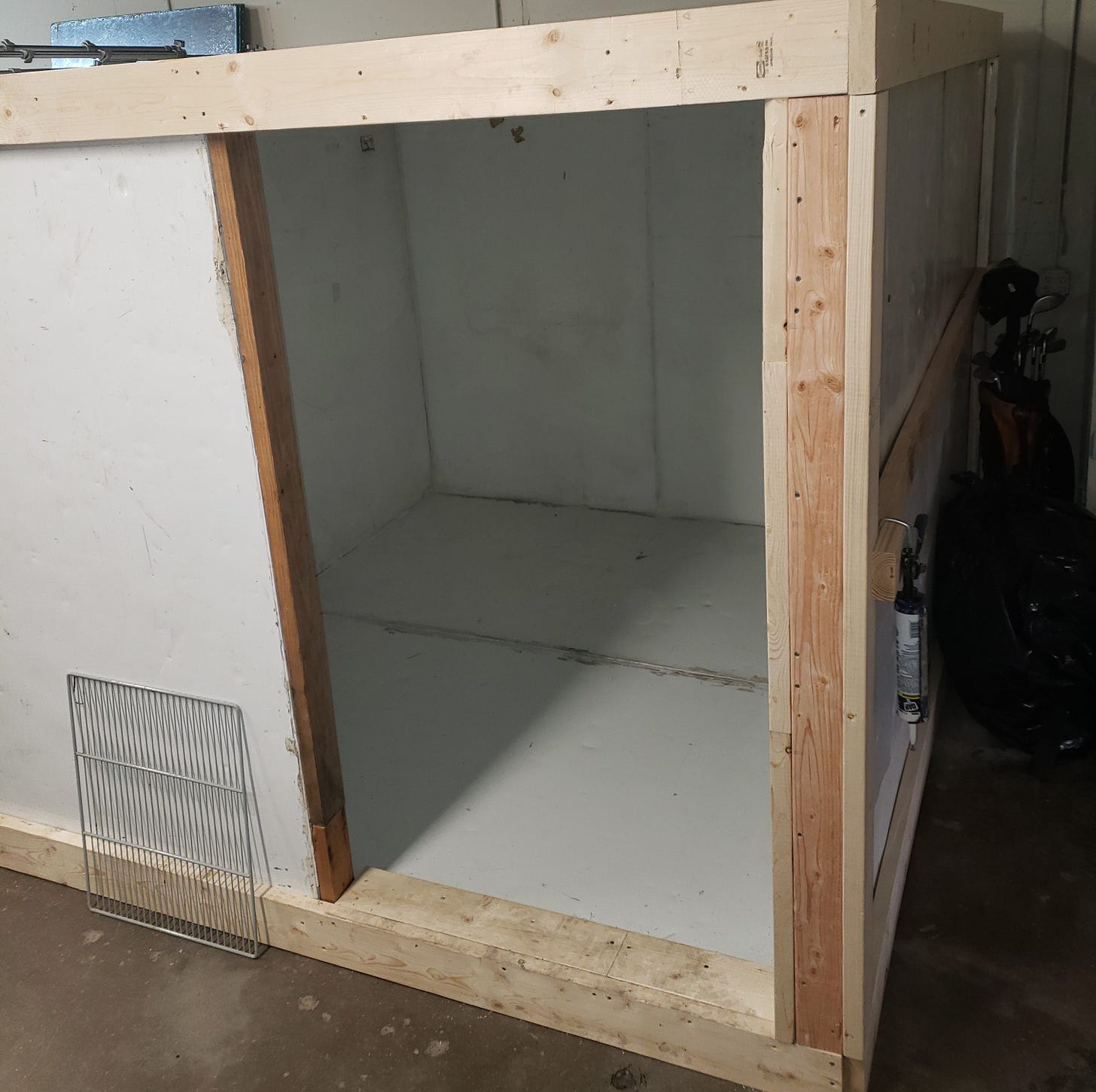This is Part 4 in my Roadmap to Scale Small Farms series. If you’re joining, start here: 1️Land Access
2️Farmer Training
3️Financial Support
The Status Quo: New Farmers Are Failing
We ask small farms to feed the sixth-largest metro in the U.S. We celebrate farmers' markets and local greens. But we don’t ask a basic question:
Where do farmers clean, cool, and store their harvest?
Without infrastructure, the dream of local food collapses. It’s not just broken. It’s disrespectful.
Whether you're growing microgreens in a closet or stewarding a quarter-acre on the city fringe, farming is a system. And like any system, it only works when tools, structures, and logistics are in place.
Yet for most new urban farms, those components are missing, or wildly out of reach.
The Conflict: Fund the Dream, Forget the Driveway
Startups need tools. Carpenters need saws. Chefs need ovens. Farmers? They need wash stations, walk-in coolers, and climate controls.
These aren't luxuries. They're legal requirements to move perishable goods from seed to sale.
But new growers can’t afford land and infrastructure and compliance. Especially when the infrastructure side includes:
Cold storage and temperature tracking (USDA's "cold chain" rules)
Food-safe wash/pack areas
Delivery vehicles and pooling routes
A single lapse in temperature control can spoil a crop. That’s not just a bad day. It’s a broken partnership.
Many new farmers say infrastructure nearly ended their business in year one.
The Resolution: Shared Systems, Lower Barriers
Here’s a better approach:
Shared infrastructure hubs that reduce risk, lower cost, and build community.
Picture a network of urban agriculture "Commons" with:
Tool libraries, booked online like Zipcars
Shared cold storage for post-harvest aggregation
Pooled delivery routes and refrigerated vans
Bulk input co-ops for seeds and amendments
Packhouses with label printers and compliance tracking
These hubs could go in old warehouses or modular buildings. They might be run by nonprofits, groups of farmers, or a mix of both.
But the effect is the same:
Lower capital costs. Higher compliance. Real collaboration.
Infrastructure becomes a system of inclusion, not exclusion.
The New Status Quo: Infrastructure as a Service
Infrastructure doesn’t have to be a sunk cost. It can be a business model.
Imagine:
A greenhouse co-op that rents bays like strip-mall stalls
A packhouse that charges by the pallet
A logistics service that routes 10 farms with one truck
We lease kitchens to cook food. Why not lease farms to grow it?
Picture Rachel, an Oak Cliff grower, booking a walk-in cooler for her harvest and jumping into a shared restaurant delivery route—before 9 a.m., with just a few clicks.
That’s not fantasy. That’s infrastructure as a service.
What’s Still Missing?
What costs could we share that haven’t been mentioned here?
What bottlenecks are killing farms quietly?
This isn’t just about reducing startup cost. It’s about unlocking scale, stability, and sanity for the next generation of local growers.
If you’ve ever said “support local food,” this is your moment.
Don’t clap from the sidelines. Help build the field.
Let’s Plant the Next Row
We’ve covered land, people, money, and tools. That’s the scaffolding. But it still needs a market.
Coming next in the series:
📈 How to Build a Market that Sustains Local Farms
(Subscribe so you don’t miss it.)
Got ideas, questions, or infrastructure stories from your city?
Hit reply—I read every one.
Farms don’t fail from lack of passion. They fail from broken systems.
Let’s fix them. Together.







I’d like to see this applied beyond urban ag. We need regional rural infrastructure so young farmers have a real chance. It’s the only way we’ll actually get a regenerative revolution
With our declining population local schools are closing. Most schools have commercial grade kitchens for lunch service.
That means the wash stations and cooler spaces are partway there. At least the electrical has the amperage for large scale refrigeration. A school usually has some land around it just begging to become an urban farm too!
Churches are being deconsecrated too. They usually have halls with commercial grade kitchens as well!